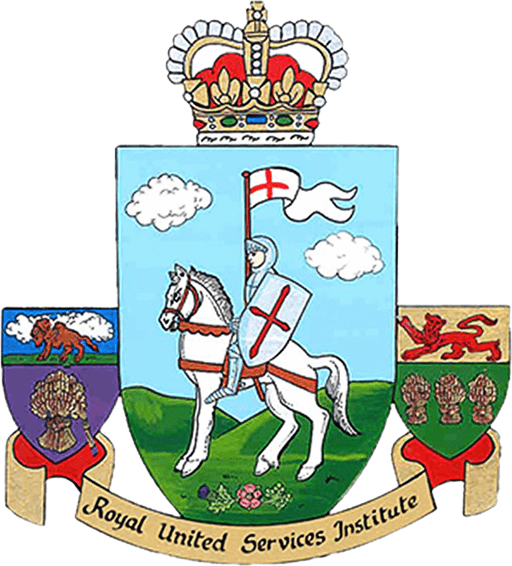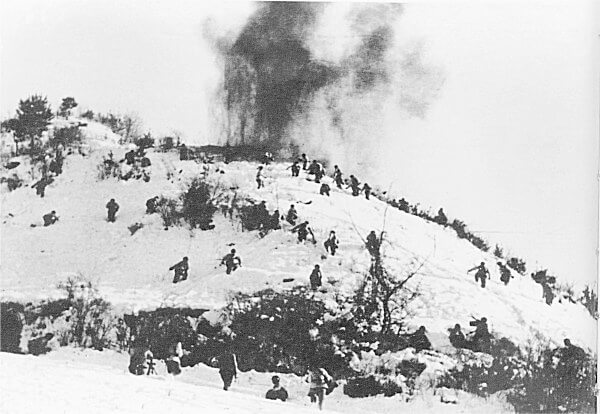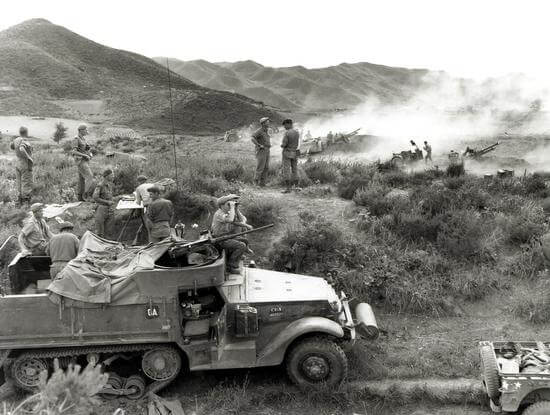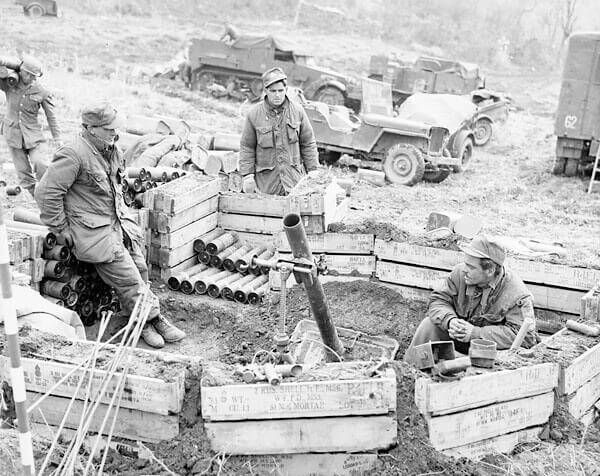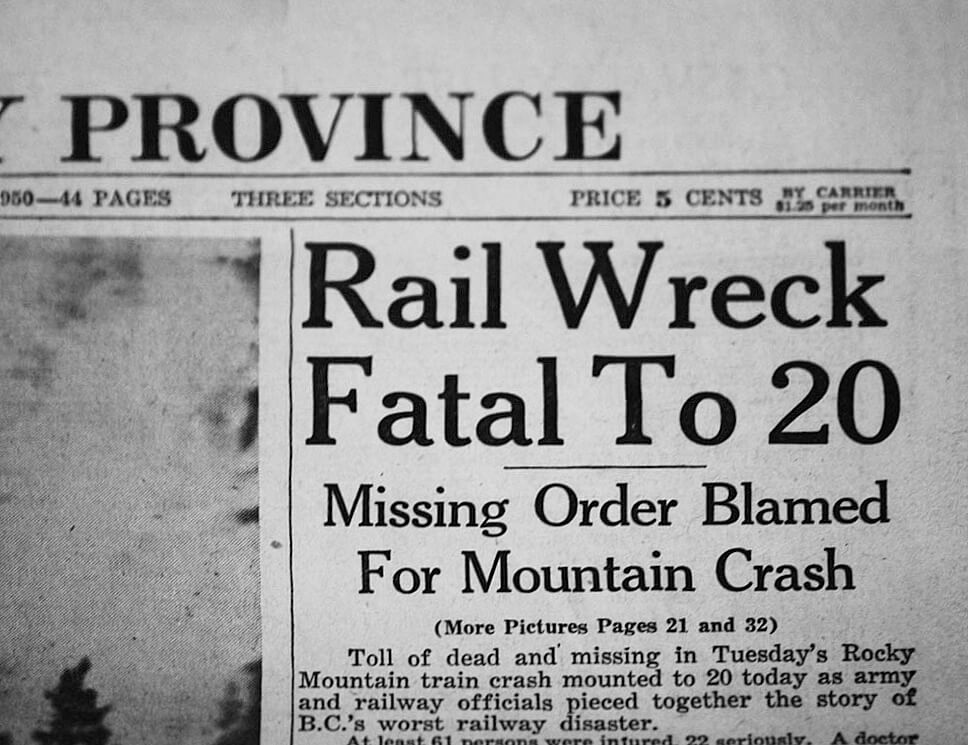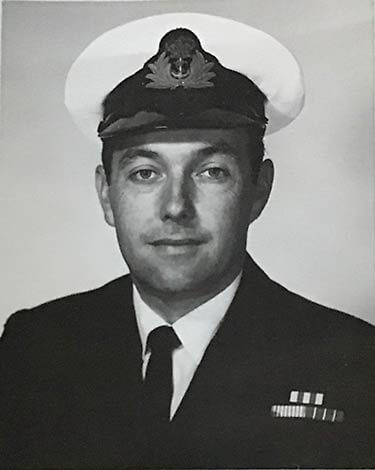Holding at Kapyong, painting by Ted Zuber.
The Korean War was fought from 1950 to 1953. It began with an invasion by the North Koreans against the South Koreans, who were allied with the United States. The United Nations condemned the invasion by the North Koreans, and joined the United States in helping to defend South Korea.
The United Nations was formed in the wake of the Second World War, and aimed to reduce conflict by enforcing peaceful resolutions to disputes. The Korean War was the first police action taken by the United Nations. Canada through aiding the UN would also have its first experience carrying out policing action.
To uphold its commitments to the United Nations Canada called for volunteers to fight in Korea, and formed the Canadian Army Special Force. Large numbers of volunteers enlisted, and an infantry brigade was raised. Veteran officers from the Second World War were also called and asked to volunteer to make up the officer corps of this new army.
The Royal Canadian Navy sent three destroyers to help secure the Korean coastline, protect aircraft carriers and bombard the enemy-held coast. These destroyers, at the onset of the Korean War, were the HMCS Cayuga, Athabasca, and Sioux.
The Royal Canadian Air Force took on the role of transport, helping to carry huge amounts of people and supplies to Korea. Some RCAF pilots were attached to the United States Air Force contingent as fighter pilots.
The front lines of the war shifted as more nations got involved in the conflict, with Seoul changing ownership four separate times. The initial North Korean invasion reached as far south as surrounding Pusan, until it was pushed back by the arrival of UN Forces. These forces would push the North Koreans to the Chinese border, where the Chinese would enter the war to prevent North Korea’s collapse.
The weather also took a heavy toll on soldiers, as the extreme cold and mountainous regions caused massive amounts of harsh frost and snow. In the winter a soldier sleeping outside could expect to wake up with his clothes frozen to the ground. This kind of extreme weather took a heavy toll on the morale of
the soldiers and on their fighting capabilities.
Canada contributed over 26,000 personnel to the Korean War, of which 516 died. 39 of these casualties were from Saskatchewan.
Not all of the Canadian casualties during the Korean War occurred in Korea. On November 21st 1950, a Canadian national railways train carrying troops towards their training camps collided with another train going the opposite way. Seventeen soldiers died, while almost seventy were injured by the crash.
Sources
- “Casualties by Conflict,” Saskatchewan Virtual War Memorial, Accessed November 27, 2023
- John Melady, Korea: Canada’s Forgotten War, (Canada: Macmillan of Canada, 1983)
pg. 42 - Li Xiaobing, “China’s War for Korea: Geostrategic Decisions, War-Fighting Experience and
High-Priced Benefits from Intervention, 1950–5[1] [2] [3] [4] 3,” pg. 65
- “Lieutenant-Commander (Ret’d) Gordon Coon,” Veterans Affairs Canada, Accessed December 11, 2023
- Robert Hepenstall, Find the Dragon: The Canadian Army in Korea 1950-1953, (Edmonton: Four
Winds Publishing Company, 1995) pg. 67 - William March, “Royal Canadian Air Force (RCAF),” The Canadian Encyclopedia. Historica
Canada. Article published March 02, 2015; Last Edited October 25, 2023.
Written by: Michael Lorch and Evan Foster, of the University of Regina.
